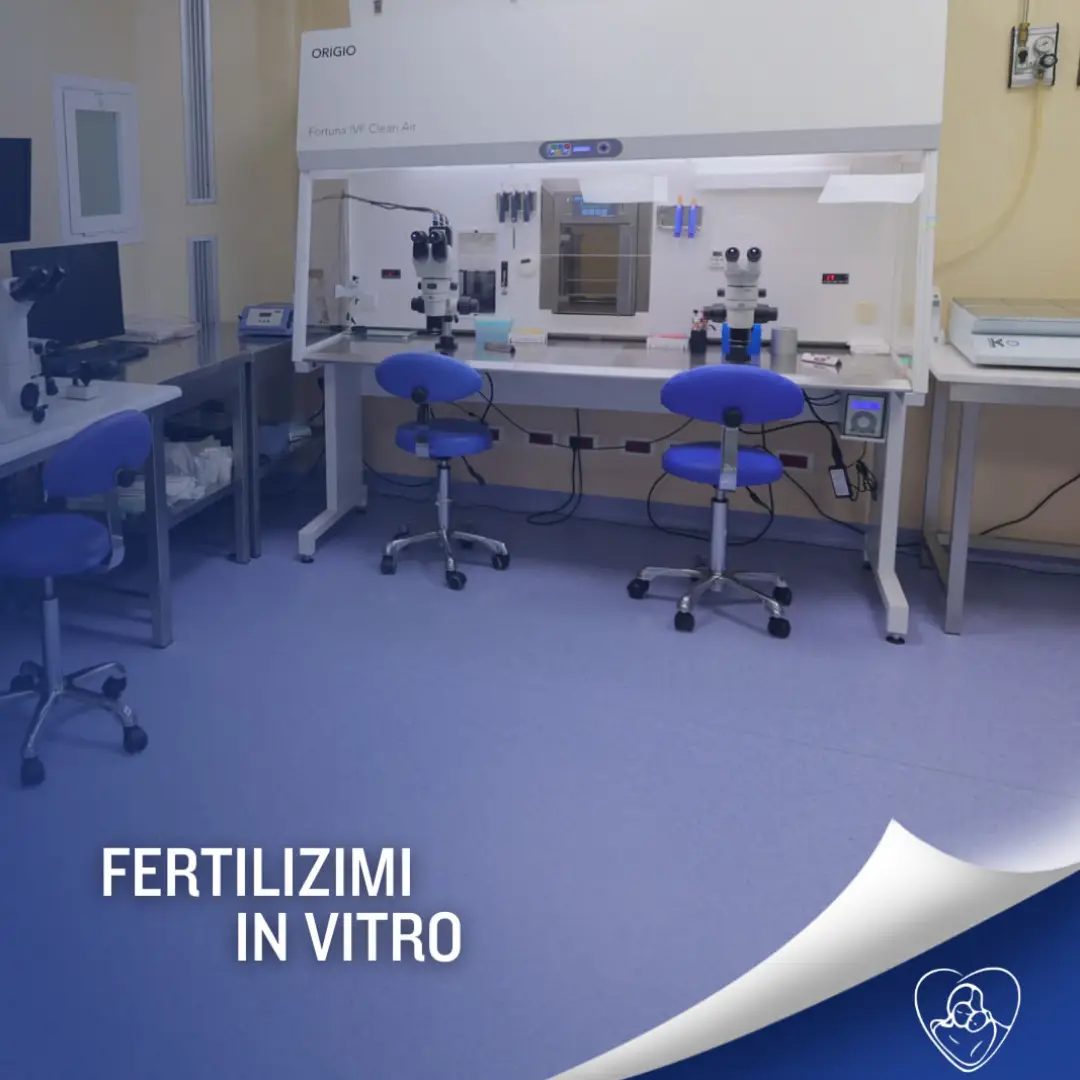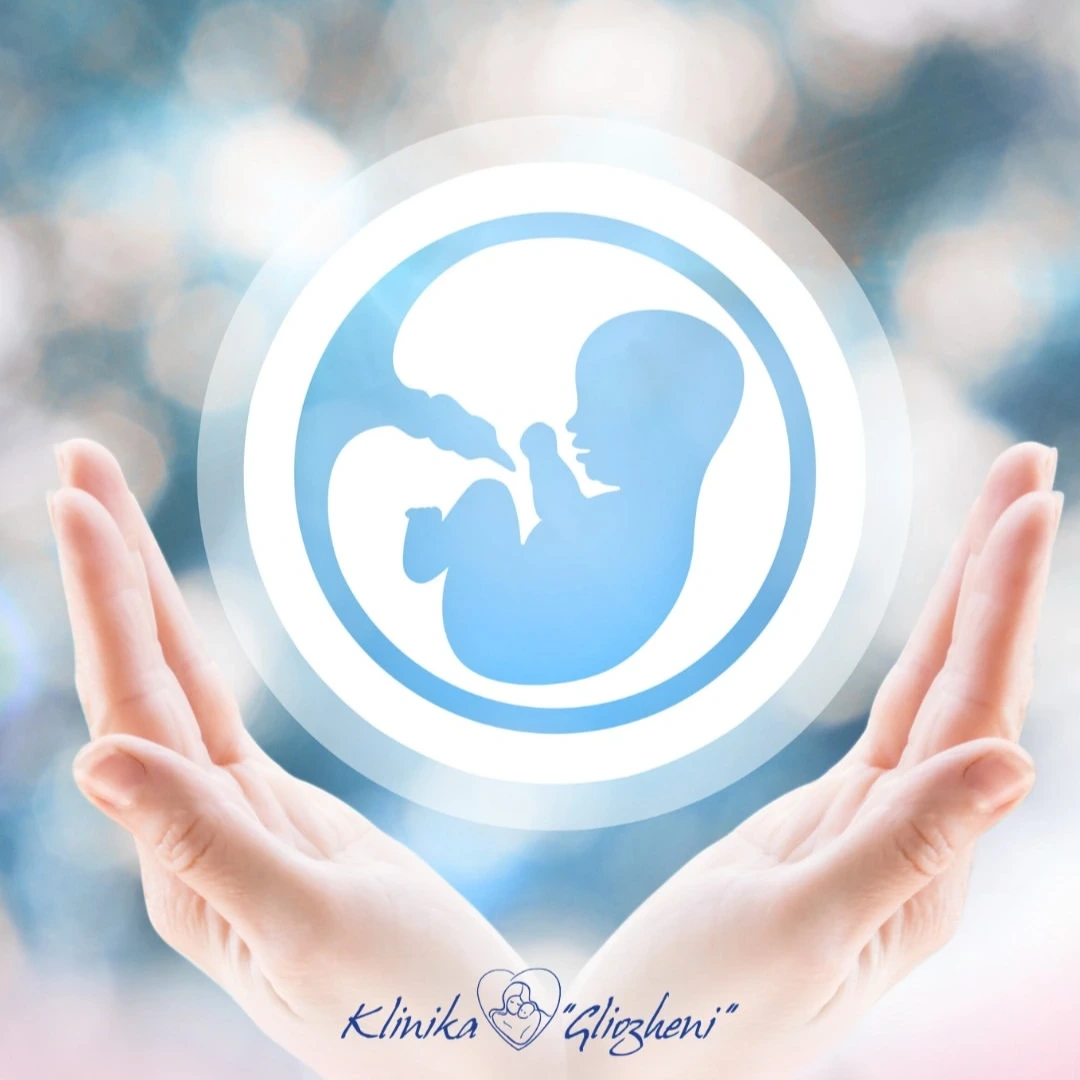In Vitro Fertilization (IVF), often referred to as “test-tube fertilization,” is one of the most advanced and successful assisted reproductive technologies (ART). This procedure offers hope and solutions for couples facing infertility, allowing pregnancy to occur outside the woman’s body, in the controlled environment of a laboratory. Understanding the process, indications, and personalized approach is essential for any couple considering this path.
What is In Vitro Fertilization (IVF)?
In Vitro Fertilization (IVF) is a complex procedure that involves collecting eggs from the woman’s ovaries and sperm from the partner (or a donor), to unite them in a laboratory dish (in vitro). If fertilization occurs successfully, the created embryos are carefully monitored for several days and then transferred to the woman’s uterus with the aim of implanting and developing a healthy pregnancy.
IVF is applied in various cases of infertility, including:
- Fallopian tube problems: Blocked or damaged tubes that prevent the passage of the egg or sperm.
- Endometriosis: A condition where tissue similar to that which lines the uterus grows outside it, affecting fertility.
- Ovulation problems: Disorders that prevent the regular release of eggs.
- Male factor infertility: Low sperm count, poor motility, or abnormal morphology.
- Unexplained infertility: When no specific cause is found after detailed examinations.
- Advanced reproductive age: Especially in women over 35, where egg quality and quantity may be reduced.
A Personalized Approach: Every Patient is Unique
One of the key principles in treating infertility with IVF is the individuality of each patient. Every couple has a unique medical history, specific causes of infertility, and different needs. For this reason, IVF treatments are rigorously tailored based on:
- Specific problems: Addressing the underlying cause of infertility (e.g., tubal, ovarian, male factor issues).
- Couple’s medical history: Taking into account any chronic diseases, previous surgical interventions, or previously attempted fertility treatments.
- Response to stimuli: Monitoring how the woman’s body reacts to hormonal stimulation medications.
This personalized approach ensures that the treatment plan is as effective and appropriate as possible to maximize the chances of success.
The IVF Treatment Phase: From Evaluation to Embryo Transfer
The in vitro fertilization process involves several main phases, each carefully monitored by specialists:
Initial Evaluation and Examinations:
- For the woman: Gynecological follow-ups, hormonal examinations (e.g., FSH, LH, Estradiol, AMH) are performed to assess ovarian reserve and the menstrual cycle. Other examinations such as hysterosalpingography (HSG) to check the tubes or hysteroscopy for the uterus may also be performed.
- For the partner: Hormones are evaluated, and seminal fluid analysis (spermogram) is done to assess sperm quality and quantity.
- Couple’s consultation: Detailed discussion of results, explanation of the IVF procedure, and answers to questions.
Hormonal Therapy (Controlled Ovarian Stimulation):
- The woman undergoes a regimen of hormonal injections to stimulate the ovaries to produce a larger number of mature eggs, instead of just one egg as in the natural cycle. This increases the number of eggs available for fertilization and, consequently, the chances of creating healthy embryos.
Egg Retrieval (Ovarian Pick-up): Once the eggs are mature, they are collected from the ovaries through a short, minimally invasive procedure guided by transvaginal ultrasound. The procedure is performed under light anesthesia.
Sperm Collection: On the same day as egg retrieval, a sperm sample is collected from the partner. In some cases, sperm can also be collected through surgical techniques (e.g., TESA, Micro-TESE) if there are ejaculation problems.
In Vitro Fertilization (in the laboratory): Eggs and sperm are placed together in an incubator in the laboratory to allow natural fertilization. In certain cases, intracytoplasmic sperm injection (ICSI) may be used, where a single sperm is injected directly into each egg.
The formed embryos are monitored for 3-5 days to evaluate their development.
Embryo Transfer:
- The best embryos, selected by the embryologist, are transferred to the woman’s uterus through a thin catheter, without the need for anesthesia. This is a delicate and crucial step, as the embryos must implant in the uterine wall to develop the pregnancy.
- Any remaining good quality embryos can be frozen for future use.
Pregnancy Test: Approximately two weeks after the embryo transfer, a blood test for HCG is performed to confirm if pregnancy has occurred.
Why Choose Gliozheni Clinic for Infertility Treatment?
Gliozheni Clinic offers specialized in vitro fertilization services with a team of experienced doctors and embryologists, using the latest technologies in the field of assisted reproduction. We are dedicated to providing a sensitive, personalized, and supportive approach to every couple who trusts us. Our goal is to maximize your chances for a successful pregnancy, ensuring quality and comprehensive care at every stage of treatment.
For more information, consultations, or to book an appointment, you can contact us at the following phone numbers:
Tel: +355 4 222 36 32
Cel: +355 67 27 33 333
We are here to guide and support you on your journey towards parenthood.







